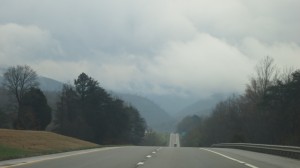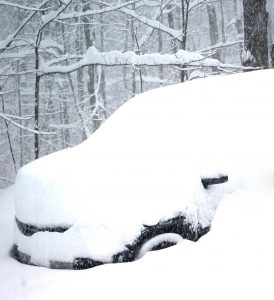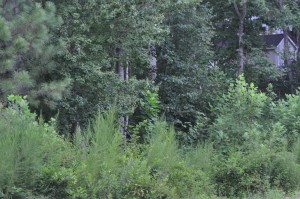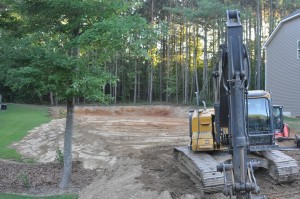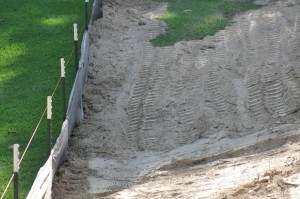KN, p. 273 “On the Road: Traveling During the Pandemic”
A family member needed lots of help after surgery and since we had a couple of weeks of Covid down time, we volunteered to pitch in. The tricky part was that she lived in western Pennsylvania, and a last minute obligation meant that we had to stay overnight on the drive out there.
Overnight. On the road. During the Pandemic, when some restaurants would be closed and protocols would be different from previous trips for every single public rest stop.
We couldn’t merely toss clothes in the suitcases and hop in the car; we had to plan for all kinds of contingencies. Normally, we carry a handy AAA travel guide for the States in which we will travel. It lists hotels and restaurants by town, so when we’re ready to stop, we call from the road to make reservations for dining or hotels. This time, we had to call before we left the house since Sheila needs a walk-in shower and a place with an elevator. No tubs or stairs for us right now, and those requirements limited our hotel choices.
We discovered from the phone calls that breakfast was going to be problematic at the hotels. Breakfast buffets were a no-no. We could pick up go-bags at the front desk that contained a bagel and boiled eggs which was good for some happy travelers, but not for us. We elected to eat at a Denny’s we knew to be near our chosen hotel, in order to get hot food.
Restaurants all along the route required masks. Once we entered, we saw that every table had more space than usual between it and the next, and sometimes, empty tables had signs that said: ‘not available.’ In one place, the manager placed empty mop buckets on the ‘forbidden’ spots. Yup, a definite deterrent. We did need to use our surface wipes on the restaurant tables in two of the places, since the waitstaff missed quite a bit. BUT, the extra space was in some ways relaxing – less noise and no crowds are a plus.
The take-out places had decals on the floor that marked where you could stand to give your order and pick up your food. Not everyone followed the rules, but most complied.
The highway rest stops were cleaner and more organized than we had ever seen them. Areas in front of map displays were cordoned off and ‘no browsing’ was enforced. We told the staff members which maps we needed and they handed them to us. The vending machine operation seemed to be the same as always.
The hotels had contactless check-ins and checkouts, but a surprising touch at one was the seal on some doors to the rooms. The seals meant that the room had been sanitized after the last guest. The seal was broken only by using the key to gain access. Another plus? The hotel lobbies and rooms were cleaner than we’d ever seen them before. Not a smudge, dust bunny, or stray fingerprint anywhere. The hotel pools were open, but could only be used if reserved ahead of time; one family/group at a time.
These were our essential travel supplies that before the Pandemic would have been unnecessary:
- Handi-wipes
- Masks
- Medical gloves
- Surface wipes
We have returned, with mission accomplished, and have been tested as Covid-free, but we didn’t take sanitation for granted anywhere.
For other “On-the-Road” travel tips, check out:
Stay safe out there and have a great time!
KN, p. 273 “On the Road: Traveling During the Pandemic” Read More »

